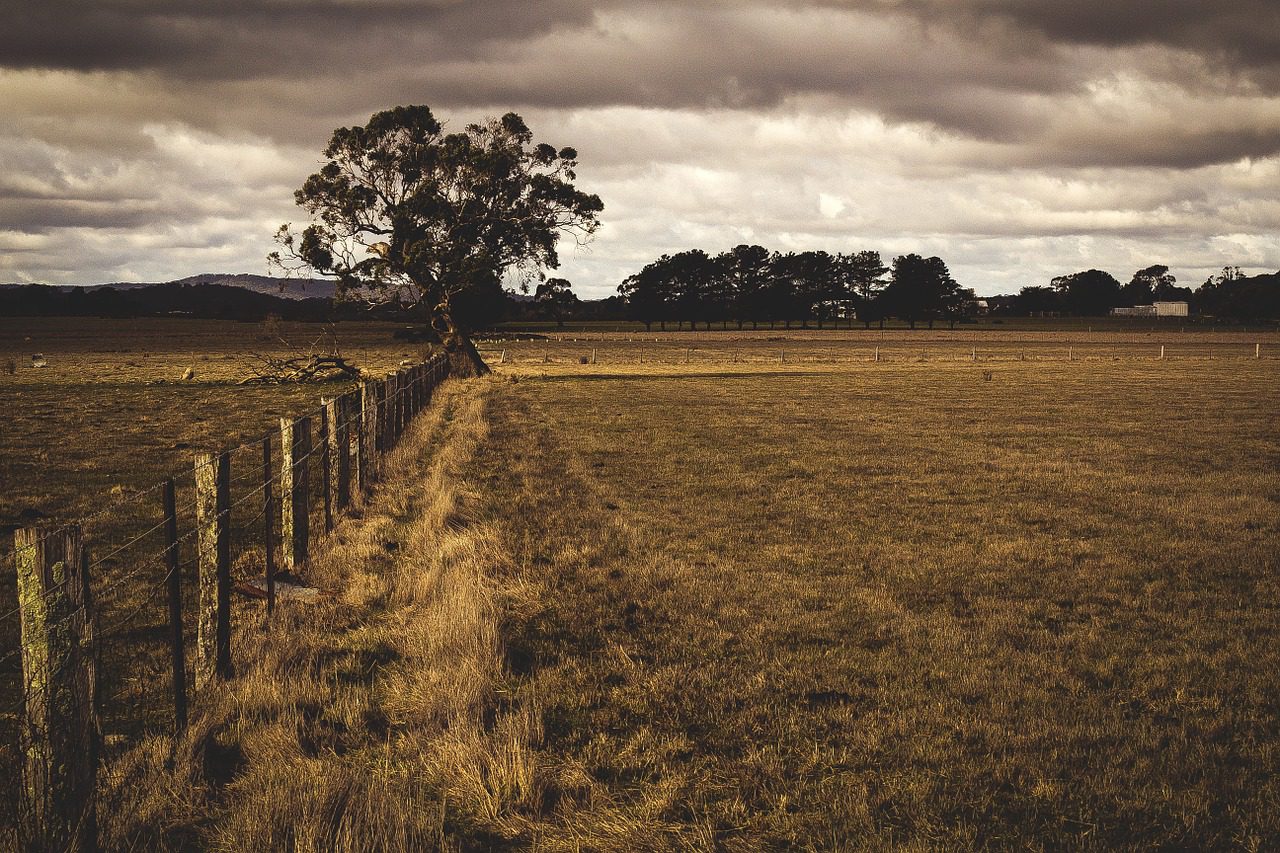Read recommendations from UF/IFAS on what to do when converting old citrus groves to pasture land.
Citrus greening has left a lot of citrus groves full of diseased trees or empty tracts where trees have been removed. Many in the citrus industry have chosen to convert their citrus groves to pasture. UF/IFAS Extension agent Bridget Stice has shared the factors to consider when converting citrus groves to pastureland in this article. Find them summarized below.
Benefits of Converting Citrus Groves to Pasture
There are multiple benefits to changing old citrus groves over to grazing land for livestock. The first is obviously the opportunity to replace some of the lost revenue that was once generated by citrus. Additionally, another benefit is that keeping the land’s use in the ‘agriculture’ category allows the land to continue to qualify for the greenbelt tax breaks.
Lastly, the green spaces provided by agriculture land also double as habitat for a variety of animals and plant life. According to the article, “Agricultural land, especially ranch land, is important for providing green space for native plant and wildlife habitat, aquifer recharge and carbon recovery.”
Considerations When Converting Citrus Groves
The following are those factors that citrus grove owners should consider if planning to convert their citrus groves to pasture:
- Clearing the Land. Your options are pushing and cutting. Cutting will leave stumps that will need to be removed or they will make it impossible to establish pasture forage, a necessity for useful pasture land. Pushing is more expensive but is recommended as the only option by the UF/IFAS article. Estimated costs for pushing and the necessary land grading is about $250 an acre.
- Soil Conditions. It’s a smart idea to test the soil for residual herbicides and desirable pH. According to the article, the target pH for the soil of citrus groves is 6.5 and the desirable pH for bahiagrass, one of the most common forages, is 5.5; it does not do well at levels over 6.4. Consequently, another forage, bermudagrass, can tolerate higher pH levels, but it takes more management than bahiagrass. Setting up a fertilizer provider such as Griffin Fertilizer will also be necessary.
- Weed Management. Weeds will need to be dealt with to ensure adequate forage health. Generally, weed management costs about $60 an acre.
- Fencing. Cattle will need to be contained to the pasture. Per the article, grove owners will need to consider how the cattle will be moved, water sources and shade. Basic fencing averages $1.75 a foot, but you can look for cost-share programs.
- Working Pens. Having processing facilities like a set of cow pens will make the pastureland more desirable to renting ranch operations. The article maintains, “Building a set of pens from used material costs an estimated minimum of $1,500, provided one can get their hands on used materials at a discounted cost. Another alternative is a set of portable cow pens that cost, at minimum, $1,500 not including a squeeze chute.”
- Water and Shade. Cattle will need a dedicated water source and a constant source of shade.
- Starting a Cattle Operation. If grove owners are considering getting into the cattle business, they need to know the market is in a down turn. The article maintains, “In a January, 2017,Drovers article, John Nalivka, of Sterling Marketing, projected a loss of $21 per cow in 2017.” However, being able to buy low could be the perfect time to get into the industry.
Griffin Fertilizer is committed to helping both growers and ranchers make sound agronomic and economic decisions in order to maximize the health of their grove and pasture. As a full-service custom dry & liquid fertilizer blender and crop protection product distributor, we will continue our mission to further advance Florida agriculture. For questions or concerns about your farm or pasture, contact us and one of our team will be in touch.

